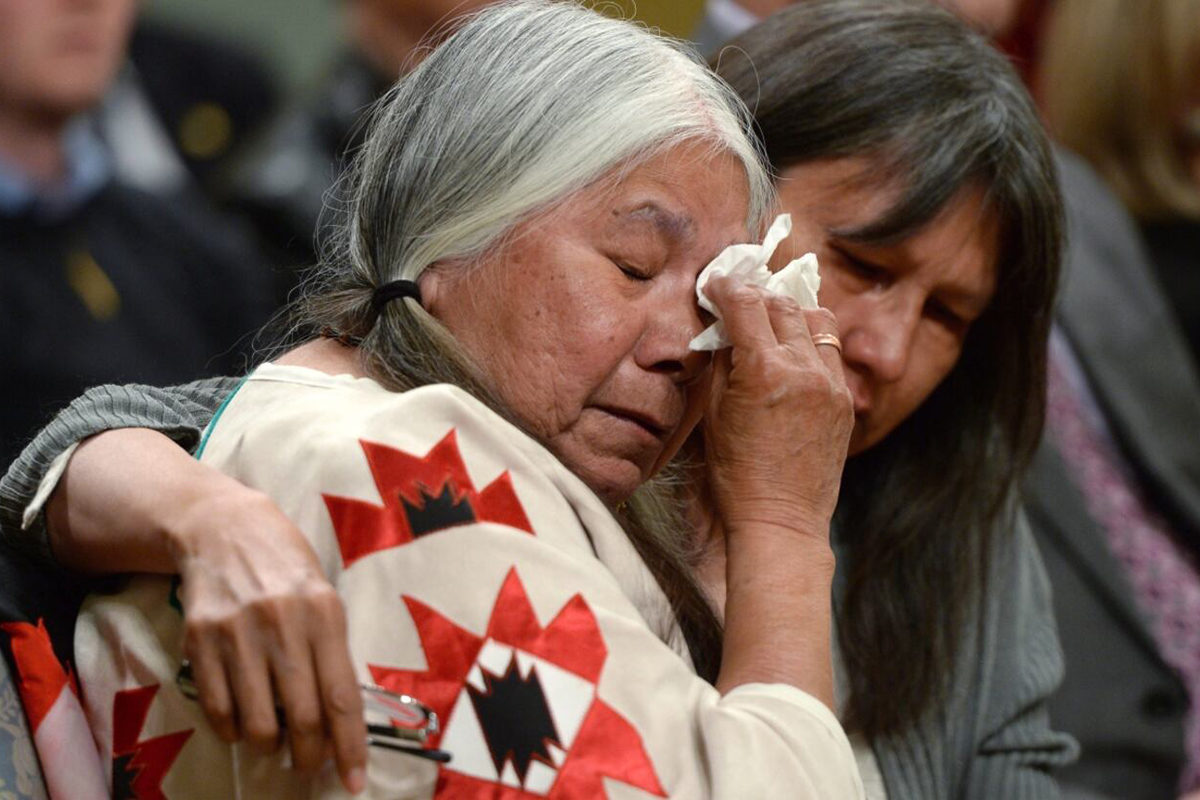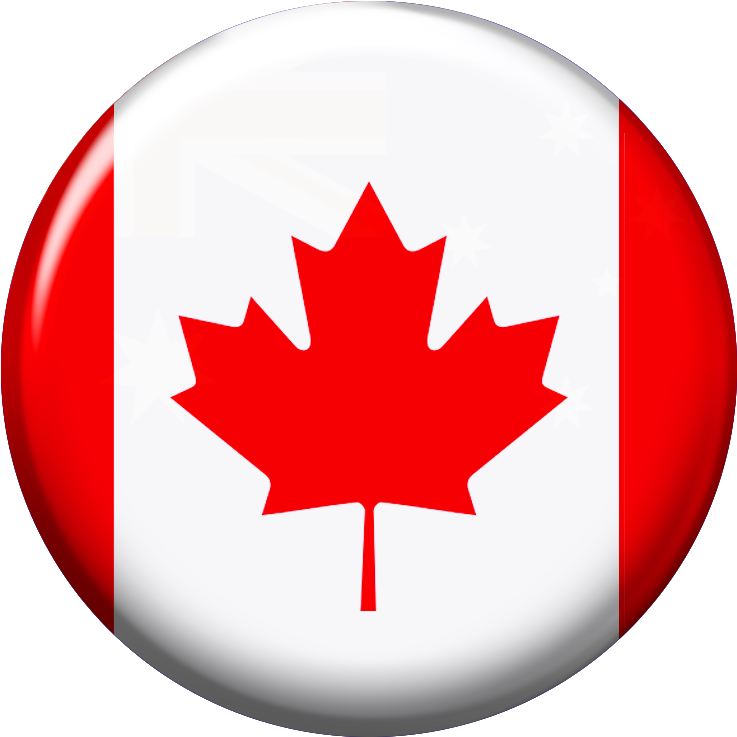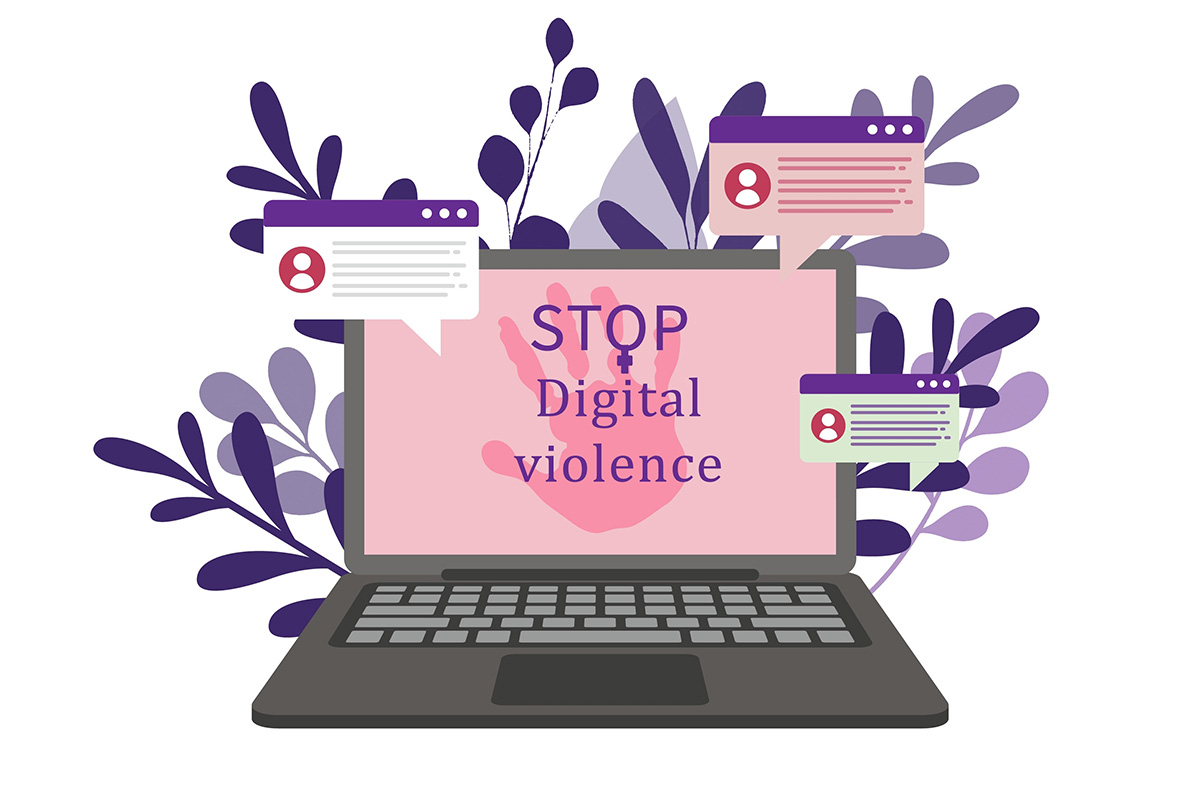What Other Commonwealth Nations Can Learn from Canada’s Truth and Reconciliation Day
September 30by Justin R. Langan
The National Day for Truth and Reconciliation, first held in 2021, takes place on September 30th as a statutory holiday, which Canadians use to remember residential school survivors and their families and the missing children. The day serves as a national time for Canadians to reflect on and take responsibility for their actions, as it emerged from the 2015 Truth and Reconciliation Commission (TRC) Calls to Action. The establishment of this day serves as a model for Commonwealth countries that want to address their colonial past and work toward justice.
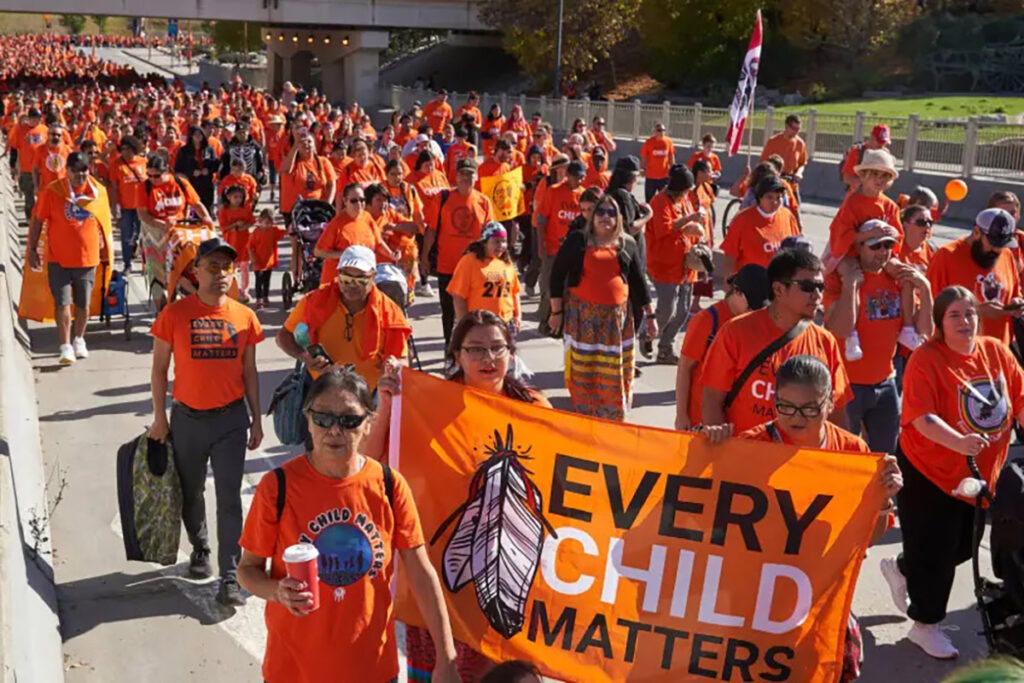
Truth Before Reconciliation
The TRC of Canada determined that truth-seeking needs to happen first for reconciliation to become achievable. The collection of more than 6,000 survivor testimonies revealed how residential schools and forced assimilation and systemic discrimination continue to affect people through multiple generations. The collected testimonies served as a basis for creating the 94 Calls to Action, which direct public institutions, civil society organizations, and government policy development.
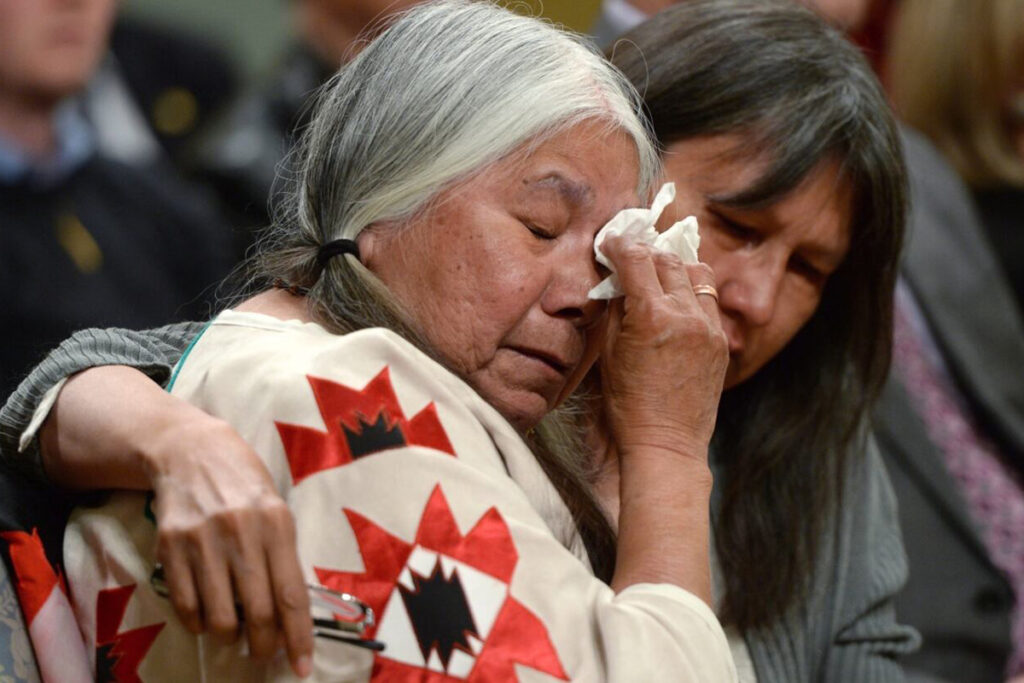
The Canadian reconciliation process serves as a model for other Commonwealth nations, such as those throughout the Pacific, Caribbean, and African regions, to handle their unresolved histories of cultural destruction and land confiscation. Furthermore, the establishment of truth commissions or national inquiries proves to be both challenging and essential for progress. The failure to acknowledge past injustices renders reconciliation efforts vulnerable to becoming mere words rather than genuine institutional transformations.
From Commemoration to Action
The National Day for Truth and Reconciliation, formerly and still colloquially known as Orange Shirt Day, shows how institutions should acknowledge essential events. A specific day of recognition brings awareness to the public while breaking the pattern of societal forgetfulness and establishes a platform for discussion. This day encourages educational institutions, workplaces, and local communities to study survivor testimonies and meaningfully engage with Indigenous peoples, while acknowledging current disparities. Actions that may be strengthened by the understanding and implementation of the United Nation’s Declaration on the Rights of Indigenous Peoples (2007).
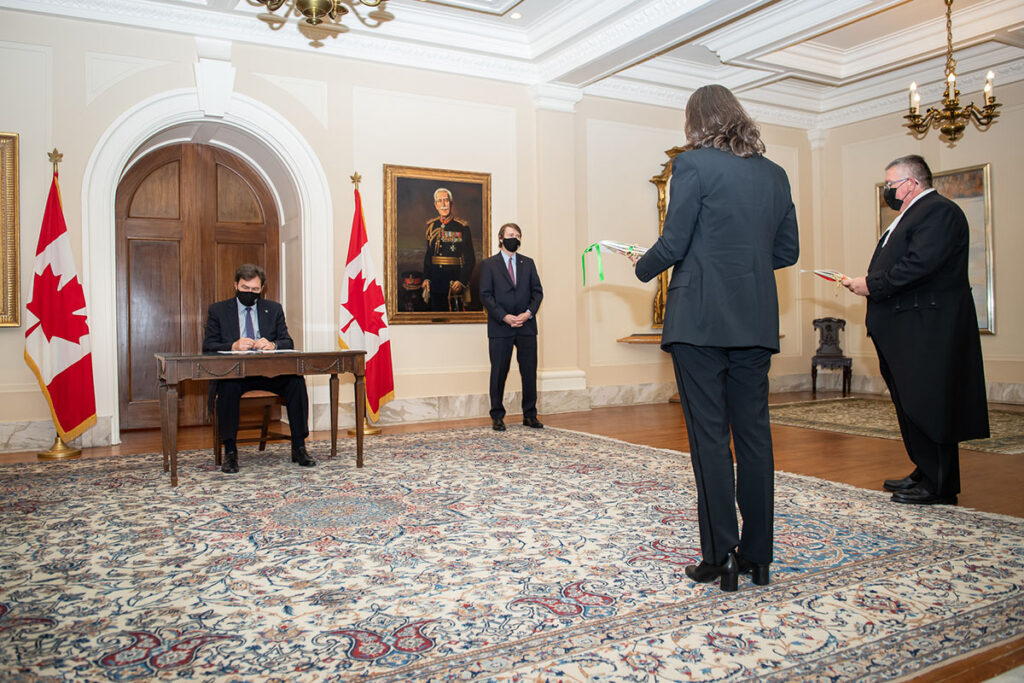
Canada shows through its experience that commemoration has its boundaries when it comes to change. It has been demonstrated that gestures, whether symbolic or not, must accompany actual policy changes. These include: funding Indigenous education equally, supporting language preservation, and implementing tangible land return programs. As such, Commonwealth nations seeking to create similar observances for reconciliation must follow a dual approach which combines historical commemoration with concrete institutional reforms.
A Shared Responsibility Across the Commonwealth
Reconciliation extends beyond the geographical limit of national borders. The objectively harmful colonial past has created a tragic yet common historical connection between numerous Commonwealth countries through shared struggle and solidarity. The Canadian observance of September 30th creates an opportunity for Commonwealth nations to unite their efforts through survivor and community exchanges, which support governmental oversight and Indigenous-led development of fairer societies.
Canada demonstrates that reconciliation requires ongoing collective work from all people. A national day of remembrance will succeed in its mission only when it supports continuous work to uncover truth and advance both institutional changes and international cooperation throughout the entire year. The path toward reconciliation evolves from being a domestic program into a global requirement for obtaining justice.
